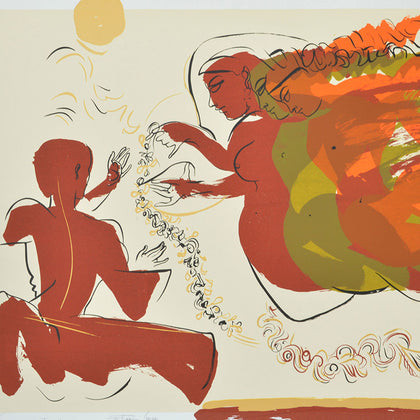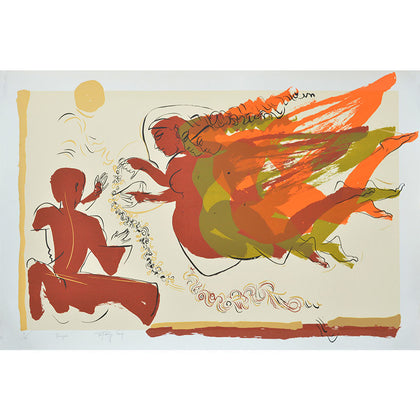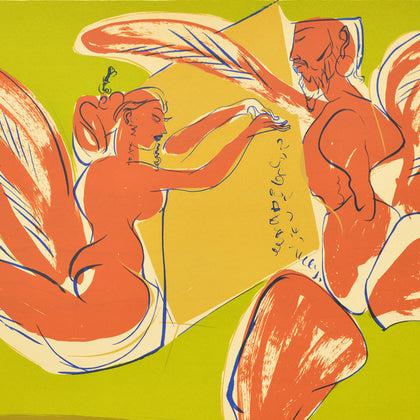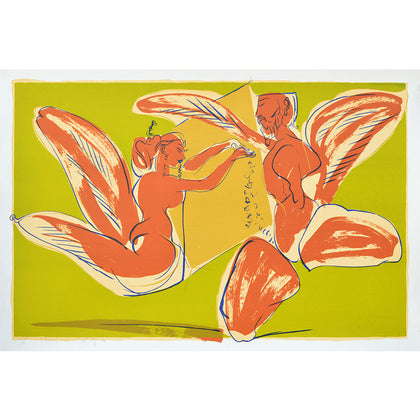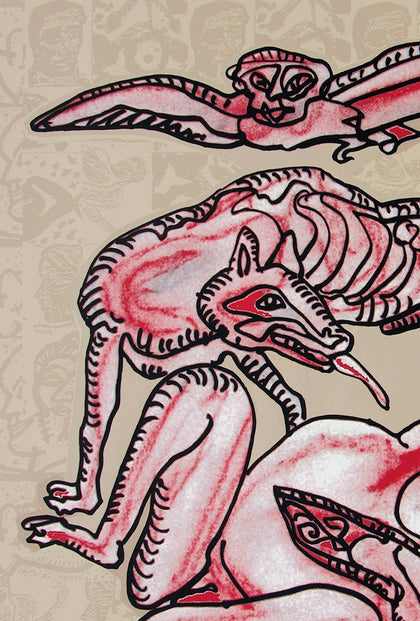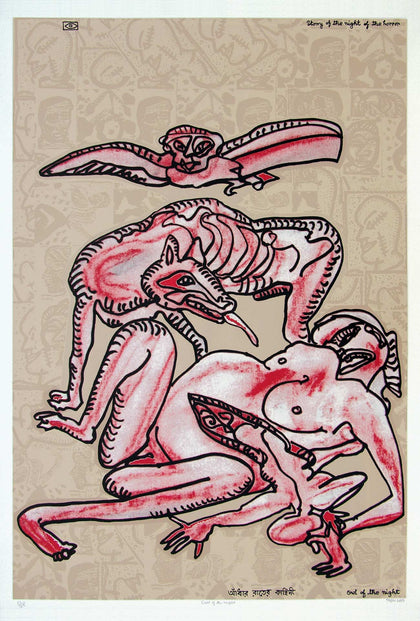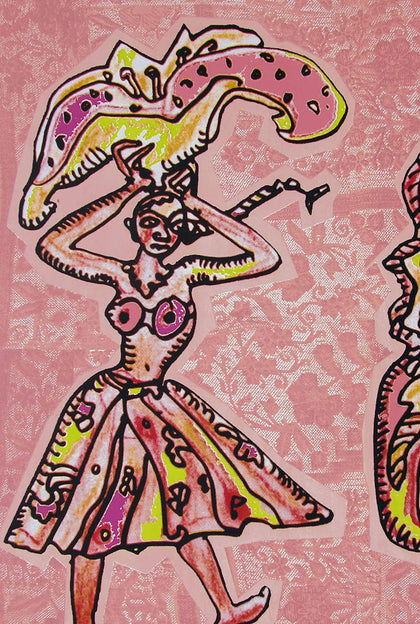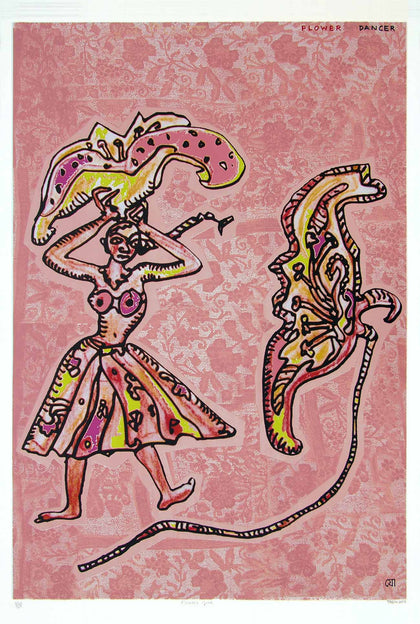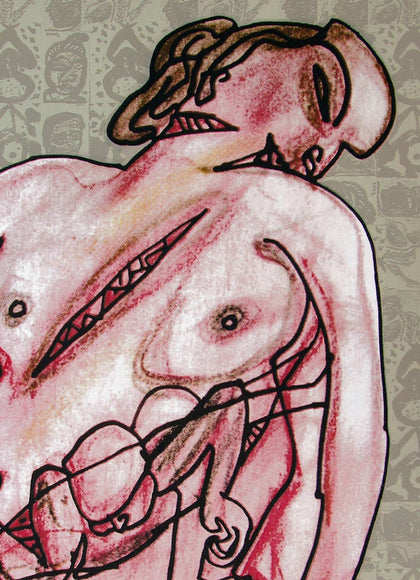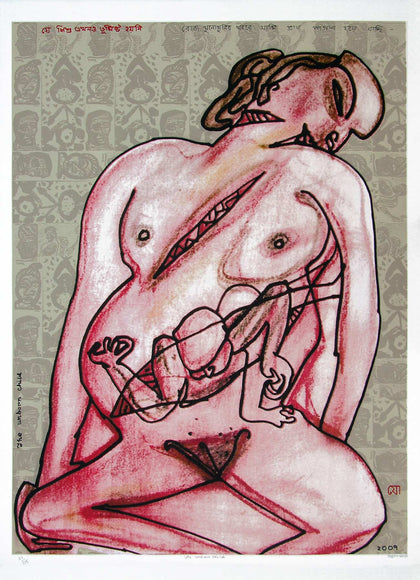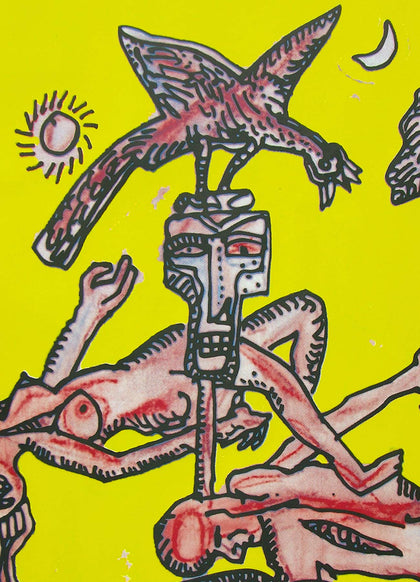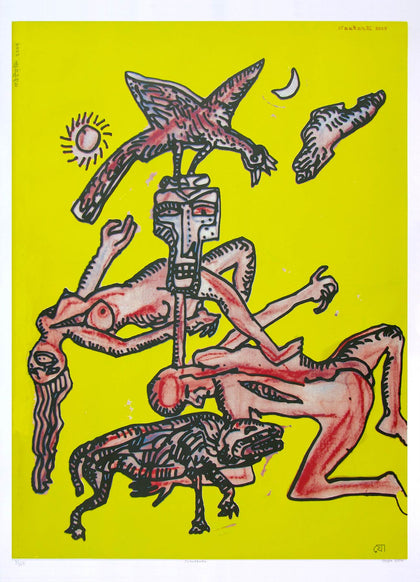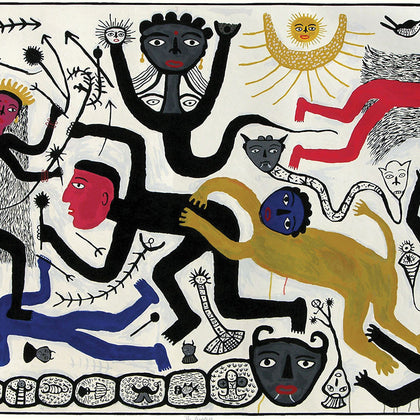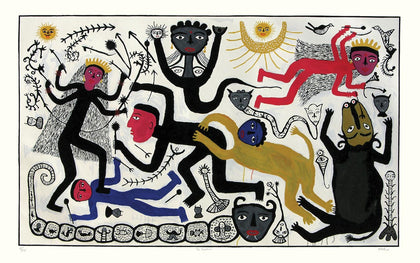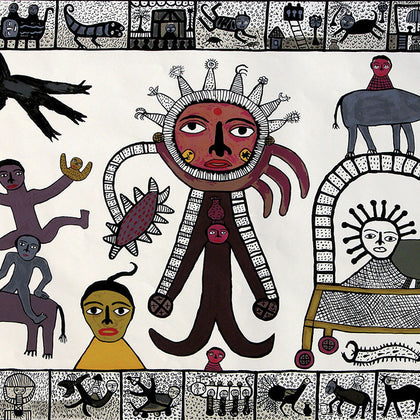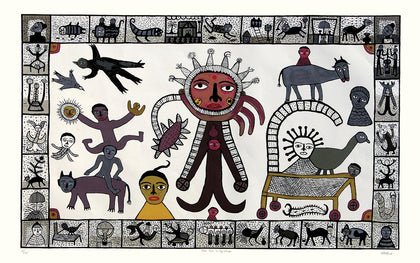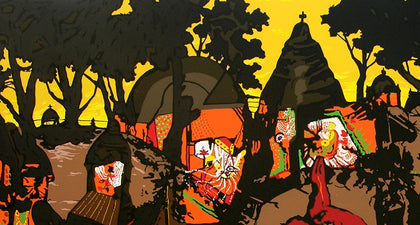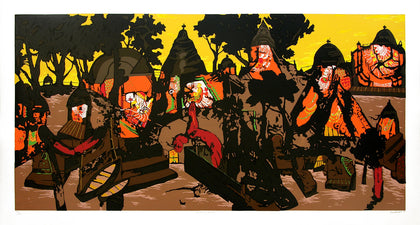Loading...
Annakoot
Price on Inquiry
All orders are insured for transit.
We ship worldwide.







































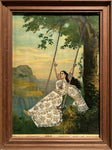













Please enter the email address linked to your Artisera account, and we will send you a link to reset your password.
Sign Up to access your Wish List and hear from us on all that’s new!
Loading...
All orders are insured for transit.
We ship worldwide.
All orders are insured for transit.
We ship worldwide.
| Size: | 47 x 35 inches |
| Medium: | Painted on Cloth |
Annakoot, or Govardhan Puja, is one of the most important festivals for Krishna devotees, that commemorates how Shrinathji saved the residents of Braj from the storm that Indra, the Rain God caused. In most Pichwai paintings, Shrinathji is depicted with a raised left hand, which illustrates how he lifted the Govardhan mountain on his little finger, so the village could take shelter under it. ‘Annakoot’ also translates to ‘Mountain of Food’ and is celebrated on the 4th day of Diwali, by offering the deity a mound of cooked grains and other food items as a mark of gratitude. This scene, particularly the mountain of food, is what is usually depicted in an Annakoot Pichwai. The Shrinathji in the centre is typically dressed in grand clothes with brocade work, and a peacock-feather crown with raised edges that resemble the ears of a cow.
Annakoot, or Govardhan Puja, is one of the most important festivals for Krishna devotees, that commemorates how Shrinathji saved the residents of Braj from the storm that Indra, the Rain God caused. In most Pichwai paintings, Shrinathji is depicted with a raised left hand, which illustrates how he lifted the Govardhan mountain on his little finger, so the village could take shelter under it. ‘Annakoot’ also translates to ‘Mountain of Food’ and is celebrated on the 4th day of Diwali, by offering the deity a mound of cooked grains and other food items as a mark of gratitude. This scene, particularly the mountain of food, is what is usually depicted in an Annakoot Pichwai. The Shrinathji in the centre is typically dressed in grand clothes with brocade work, and a peacock-feather crown with raised edges that resemble the ears of a cow.
Pichwai (pichvai) is a style of painting that originated over 400 years ago, in the town of Nathdwara near Udaipur in Rajasthan, India. Intricate and visually stunning, pichwai paintings, made on cloth, depict tales from Lord Krishna's life. Creating a pichwai can take several months, and requires immense skill, as the smallest details need to be painted with precision. Lord Krishna is often depicted as Shrinathji in Pichwais, which is the deity manifest as a seven-year-old child. Other common subjects found in pichwai paintings are Radha, gopis, cows and lotuses. Festivals and celebrations such as Sharad Purnima, Raas Leela, Annakoot or Govardhan Puja, Janmashtami, Gopashtami, Nand Mahotsav, Diwali and Holi are frequently depicted in Pichwais.
The word Pichwai comes from 'pichh' meaning back, and 'wai', meaning textile hanging. They are made by members of the Pushti Marg sect, founded by Shri Vallabhacharya in the 16th Century. Originally, pichwai paintings were used to decorate the temple of Shrinathji (Shrinathji ki Haveli) in Nathdwara, hung behind the deity to celebrate different seasons, festivals and events in Lord Krishna's life. Over time, pichwais also found a place in the homes of art connoisseurs, owing to their visual appeal. Like several other traditional Indian art forms, the art of Pichwai is also dying, and requires recognition and revival.
Born in 1965 in the small coastal town of Udupi in Karnataka, Gurudas Shenoy is an acclaimed artist with a career spanning over three decades. Having been born to senior artist G.S. Shenoy, he lived and breathed art since the day he was born, and developed a passion for the colours of nature at an early age. M.F. Husain, a close friend of his father's, was a mentor, and has hugely inspired Gurudas Shenoy's journey as an artist. He has held numerous solo exhibitions and participated in 200+ group shows at leading art galleries in India, including several at the Jehangir Art Gallery, Mumbai.
Known for his abstract and vibrant cityscapes, Gurudas Shenoy graduated from the Faculty of Fine Arts, M.S. University, Baroda in 1988. Shenoy’s passion for nature and its brilliant hues, and cities with their vibrancy and multitude of stories, reflects in his paintings. Dexterous use of colours, lines, light and textures, forms the crux of his stunning abstract cityscapes, capturing the dynamism of architectural spaces with their historicity. Gurudas Shenoy also revisits landscapes from the past - vast abstract terrains, with their undulating surfaces and shadows on the ground. While his medium of choice is oil on canvas, the award-winning artist has a fondness for watercolours, and after much experimentation, he has managed to create a watercolour-like lightness in his oil paintings.
| Size: | 47 x 35 inches |
| Medium: | Painted on Cloth |
All orders are insured for transit.
We ship worldwide.
This item has been added to your shopping cart.
You can continue browsing
or proceed to checkout and pay for your purchase.
This item has been added to your
shopping cart.
You can continue browsing
or proceed to checkout and pay for
your purchase.
This item has been added to your wish list.
You can continue browsing or visit your Wish List page.
Are you sure you want to delete this item from your Wish List?
Are you sure you want to delete this
item from your Wish List?

Thank you for sharing your email address!
You’ll shortly receive a Welcome Letter from us.
Please check your spam folders if you can’t
locate the email in your inbox.
Thank you for sharing your email address! You’ll shortly receive a Welcome Letter from us. Please check your spam folders if you can’t locate the email in your inbox.

